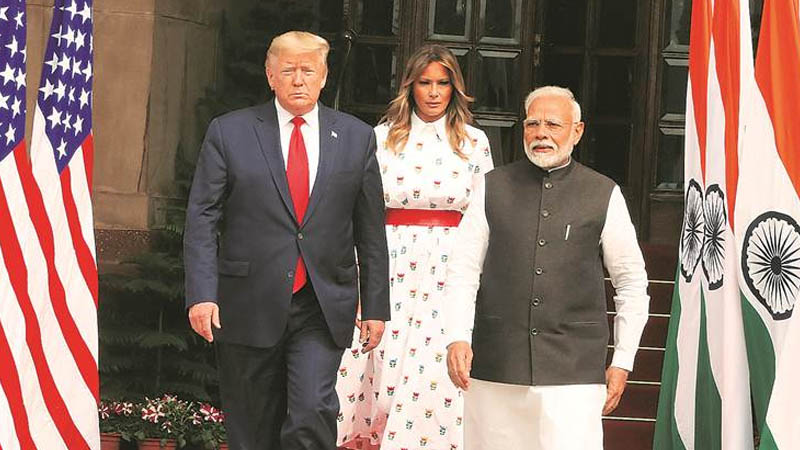 The State Bank of Pakistan (SBP) has once again increased the key interest rate by .50 basis points to 14 percent. Although the ostensible purpose is to curb inflation by limiting government borrowing, this is provable neither theoretically nor empirically. The impact of this measure is exactly the opposite: it boosts inflation.The SBP has criticised the government for excessive borrowing, which is squeezing out private sector credit. However, increasing the basic rate is hardly the solution to this problem. In reality, it has a similar effect as that of government borrowing, i.e. it hampers the private sector’s ability to borrow by increasing the cost of doing business. Whatever good will be produced will be dearer than those produced from cheaper credit, reducing their competitiveness. Quite expectedly, chambers of commerce and industry across the country have criticised the SBP for increasing the interest rate. Even if we concede that government borrowing could be limited by the SBP, its positive impact will be eroded by the increase in the cost of production. Three consecutive raises in policy rate during the last six months have shown that this measure had a marginal, if any, impact on inflationary trends, which are driven by other factors.
The State Bank of Pakistan (SBP) has once again increased the key interest rate by .50 basis points to 14 percent. Although the ostensible purpose is to curb inflation by limiting government borrowing, this is provable neither theoretically nor empirically. The impact of this measure is exactly the opposite: it boosts inflation.The SBP has criticised the government for excessive borrowing, which is squeezing out private sector credit. However, increasing the basic rate is hardly the solution to this problem. In reality, it has a similar effect as that of government borrowing, i.e. it hampers the private sector’s ability to borrow by increasing the cost of doing business. Whatever good will be produced will be dearer than those produced from cheaper credit, reducing their competitiveness. Quite expectedly, chambers of commerce and industry across the country have criticised the SBP for increasing the interest rate. Even if we concede that government borrowing could be limited by the SBP, its positive impact will be eroded by the increase in the cost of production. Three consecutive raises in policy rate during the last six months have shown that this measure had a marginal, if any, impact on inflationary trends, which are driven by other factors.
Core inflation has been galloping along despite these measures, because it is very difficult to manage prices in a deregulated free market economy, as borne out by a steady escalation of the consumer price index to 15.3 percent last month from 8.9 percent in the same month last year. Traders take advantage of any change in market dynamics to make profits at the cost of consumers. Take the example of the rise in fuel or electricity prices. After every such increase, the inflationary trend receives a boost. The SBP cannot focus just on the policy rate for curbing inflation, ignoring all other factors, which contribute massively to the increase in prices.The truth is that this formula has not yielded the desired results and induces the very process that the SBP is trying to curb. What, then, is the point of indulging in this futile exercise every few months? In times of recession, when governments provide incentives to business and industry, the SBP is going on an opposite track. When government is not interrupting its unremitting cycle of overspending and filling that gap by borrowing from the SBP, the central bank can do little to improve matters through monetary measures alone. It needs to come up with reduced borrowing and expenditure in coordination with the economic managers of the government, who should ensure that the borrowing limit set by the SBP is not violated – Dailytimes











